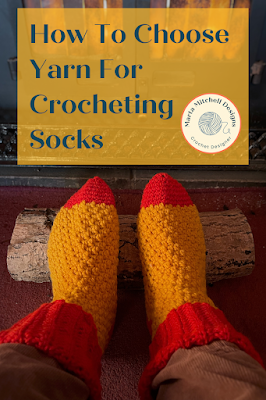Hello! This week I've been taking photos of my crochet and in this blog post I’m going to pass on my tips on how to make the best use of props to create stunning photos you'll be proud of. If you're sharing these images on social media, your followers will love them too! The right props can add depth, story and visual interest to your images; they can help to showcase the scale of your work, add a touch of your personality or simply create a beautiful and inviting scene. Read on to find out how to make your crochet photos as beautiful as your work!
Here are my top tips for using props effectively:
Keep it simple: Too many props can actually clutter your image and distract from your crochet. Your image doesn’t need to have bits & pieces crammed in, in fact - some empty space will actually balance out your photo. Often I start with more items than I need and one by one take them out as I simplify the look I’m going for.
Choose colours that complement your work: The colours of your props should enhance your crochet, not compete with it. Choose props that either contrast or complement the colours in your crochet. For example, a vibrant, colourful crochet hat will look stunning against a neutral, textured backdrop.
Textured contrast: The texture of your props will add depth and interest to your photos. For example, a rough, tweedy crochet basket will look even more rustic when photographed against a smooth, silky background. Experiment with different combinations of textures to find what works best for you.
Use props to tell a story: Props can be used to create a narrative or evoke a certain feeling. A good example of this is vintage toys, whimsical figurines or fairy lights - all of these add a touch of magic and wonder. The key to effective storytelling is to choose props that authentically represent you and your values plus the mood and message of your crochet piece.
Mastering angles: Have a play around until you find a composition that you're happy with. The top-down angle will produce a flatlay photo which is ideal for showcasing the overall shape and texture of your piece. Check out this blog post of mine with 10 top tips for flatlay photos if you want to take better flatlay pictures. Side angles can be used to highlight the more intricate details and patterns of your crochet. Close-ups allow you to really focus in on your stitches or your colours.
Lighting Techniques: Natural Light is almost always best; it's soft and adds a warm, inviting feel to your photos. Experiment with different times of day and different locations within your home to find the best lighting conditions. You can also use lamps, boxes, or ring lights to create dramatic effects or to balance out the shadows.
Here’s some prop inspiration to get you started:
Crochet tools: Your hook, yarn, stitch markers etc are fantastic props for showing your process and the materials you've used. Buttons are a cute little extra!
Natural elements: Seasonal flowers, leaves, rocks and shells can add a touch of nature to your photos. Go out for a walk and collect seasonal items to add to your photos.
Vintage items: Old books, teacups, glass bottles and maps can add a touch of nostalgia. As you know, I’m a huge fan of charity shops, but car boot sales, antique shops and auctions are also great sources.
Fabric and textiles: Scarves, blankets, table cloths and other pieces of fabric can add both texture and colour. Have a look around your house to see what you might already have, you'll be surprised!
Handmade items: Pottery, jewelery and other handmade items can add a personal touch. However, avoid adding other crocheted items or knitted items because they’re likely to compete for attention with your main piece of work.
One final pro tip:
Create a dedicated container to streamline your crochet photography setup. Gather together all your essential photo props, such as fabric swatches, natural elements and vintage items, and store them neatly in the tub or basket. Then, when it's time for your photoshoot, simply grab your container and you'll have everything you need at your fingertips. This approach will save you time and inspire creativity straight away, ensuring that every photoshoot is a breeze!
Remember, the best way to improve your photography skills is to practice regularly and have fun with the process. Simply start taking photos and the more you do so, the more you will learn about what works and what doesn’t.
Are you ready to elevate your crochet photography with props now? I hope so!
Share your favourite prop ideas and tips in the comments below!
Until next time, happy crocheting,
Marta xx
PS. Do you want even more crochet techniques and tips? Sign up for my free ‘Top Tips Every Crocheter Should Know’ pdf and take your crochet skills to the next level!



.png)



.png)


.png)


.png)






